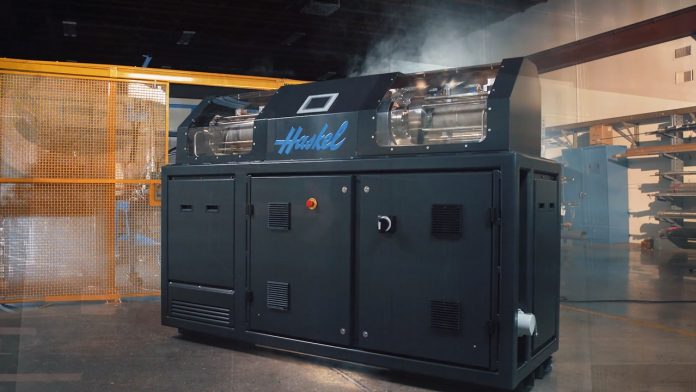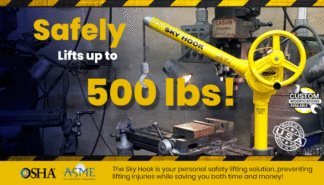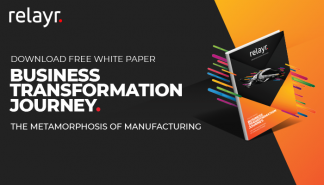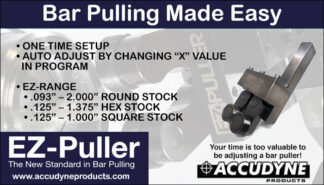For many applications, industrial gases such as nitrogen, oxygen, argon, CO2 and others are delivered in steel cylinders at pressures of 2,000-2,600 PSI. If the gas is used below the supply pressure, the pressurized supply can be piped and controlled to the point of use with simple valving. However, if the gas needs to be a higher pressure than the supply, industrial gas boosters are utilized.
Unfortunately, traditional pneumatic and hydraulic gas boosters used for this purpose come with some inherent limitations. Pneumatic (air-powered) units work well to boost pressures at intermittent, low-flow rates, but are extremely noisy during operation. At higher flow rates the sound is further increased, since multiple units must fire in parallel. This also increases the amount of electricity required. Hydraulic-powered units, on the other hand, are more suited to continuous operation and are slightly quieter than pneumatic options, but come with the potential risk of hydraulic oil leaks and spills.
Now, a new category of advanced electric gas boosters is promising to provide quieter, cleaner, high-pressure, high flow rates up to 6,500 psi – along with improved monitoring and controls.
These units are ideal for the automotive, aerospace, oil/gas and industrial gas supply industries for high pressure gas boosting, gas transference, cylinder charging and scavenging.
Electric gas boosters also open new possibilities for the food/beverage, cosmetics and pharmaceutical industries that require a high-pressure, high flow rate gas for supercritical CO2 extraction. CO2 extraction is a process that uses pressurized carbon dioxide to extract desired natural substances like fats, oils, or enzymes. One burgeoning market for supercritical extraction is for cannabis extraction to produce industrial hash oils used in vaporizer pens, salves, edibles and elixirs.
Quieter, Cleaner, More Efficient
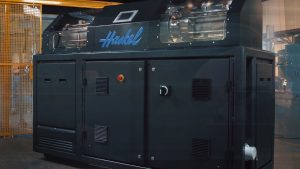 Perhaps the most significant drawback of pneumatic and hydraulic industrial gas boosters is the sound levels produced during operation. In some cases, many multiples of the units are used in parallel, particularly when higher flow rates are required. The combined noise generated can be excessive.
Perhaps the most significant drawback of pneumatic and hydraulic industrial gas boosters is the sound levels produced during operation. In some cases, many multiples of the units are used in parallel, particularly when higher flow rates are required. The combined noise generated can be excessive.
“Pneumatic-driven gas boosters are extremely loud during operation, and even louder if multiple units work in parallel, which can make complying with OSHA regulations related to sound levels in the plant more difficult,” says George Volk, Global Director of Sales and Business Development at Haskel, a division of Ingersoll Rand that manufactures gas/liquid transfer and pressurization technology.
According to Volk, the operation of typical air-operated and hydraulic-driven gas boosters can exceed the 85-dBA threshold, which can cause hearing loss. In fact, OSHA requires employers to implement a hearing conservation program when noise exposure is at or above 85 decibels averaged over 8 working hours, or an 8-hour time-weighted average.
Hearing conservation programs strive to prevent initial occupational hearing loss, preserve and protect remaining hearing, and equip workers with the knowledge and hearing protection devices necessary to safeguard themselves. Under OSHA’s Noise Standard, the employer must reduce noise exposure through engineering controls, administrative controls, or Hearing Protection Devices (HPDs) to attenuate the occupational noise received by the employee’s ears to within levels specified.
In contrast, advanced industrial electric gas boosters such as the Q-Drive, which is scheduled for release in early 2020 by Haskel, is much quieter (<77 dBA) during operation, while still offering up to 6,500 psi for high-pressure applications.
“This eliminates the need for regulatory scrutiny, along with hearing conservation programs,” says Volk. “The use of the electric units can also streamline production, since workers can spend more time in the vicinity without worrying about exceeding the regulations or potential hearing loss.”
In addition to the noise produced (even though it is less than air-powered units), there can be some concern that hydraulic gas boosters might leak or spill hydraulic oil. This can be a deterrent for applications that mandate a certain level of cleanliness, including cleanrooms.
“Whenever you have hydraulics, there is the potential for leaks or spills,” explains Volk. “That is essentially the reason the automotive industry moved away from hydraulics in their production line – because of the potential contamination issues.”
Electric energy consumption is also a concern. Despite being electric-powered, the more advanced units are more energy-efficient than both pneumatic and hydraulically driven boosters.
“Compared to pneumatic gas boosters, advanced electric units use one-third of the energy and offer flow rates 10 to 20 times higher,” says Volk. “Compared to hydraulic boosters, the electric units also provide energy savings due to lower cooling requirements.”
Although there are several electric-driven gas boosters on the market, even within the category there can be significant design differences. Some of the early market entrants are designs that employ a gearbox to convert the rotary motion of the motor to reciprocating, which increases complexity and the amount of maintenance required.
More advanced units are built using a simplified linear actuator drive which enhances reliability and reduced the Mean Time Between Failure (MTBF).
Both pneumatic and hydraulic gas boosters can also be difficult to control with much specificity, which makes their operation less efficient. Today’s more advanced unit include sophisticated remote and self-diagnostic capabilities. Units such as the Q-Drive come with human machine interface (HMI) and touchpad control to allow operators to monitor and control pressure and temperature closely and easily change setpoints.
Given the inherent drawbacks of pneumatic and hydraulic gas boosters, Volk believes quieter, cleaner, easier operation of electric-powered units will have considerable appeal for applications ranging from hydrogen fueling to pressure testing, refrigerant charging, relief valve testing, valve actuation and many others.
“With the considerable R&D investment in these more advanced electric gas boosters, many of the shortcomings of pneumatic and hydraulic units have been resolved and this opens up new possibilities for applications at high flow rates and pressures,” concludes Volk.

